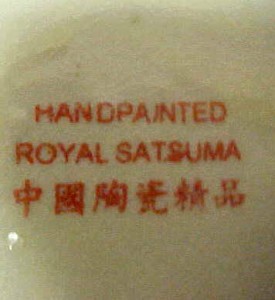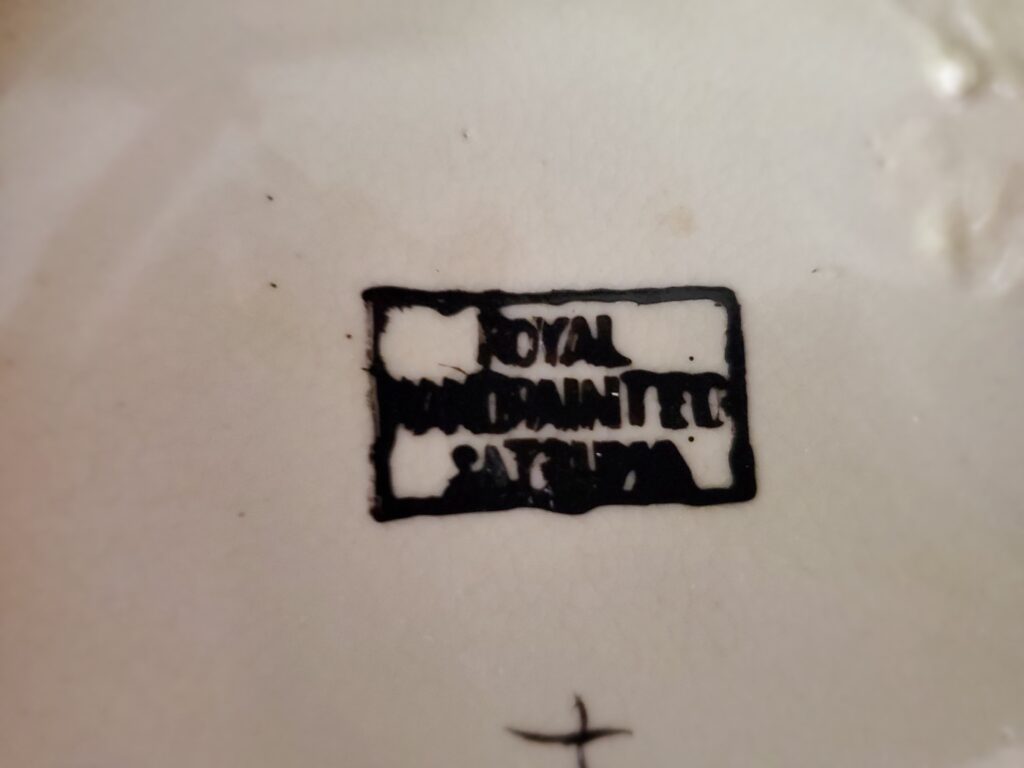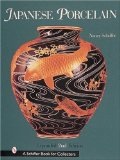Even if you don't speak, read or write Japanese, the markings on pieces of Satsuma pottery can be quite easy to decipher, providing that you follow some simple rules.
To start, the markings are read in the opposite direction to English. Start at the top right hand corner and read down. If there are 2 lines of Kanji characters, move to the left and start at the top of the next line, reading downwards again.
Many of the Japanese makers marks on Satsuma porcelain or pottery are simply the name of the person who made the item, or a generic marking such as "Dai Nippon Satsuma".
You may also find that there are no main markings, only Japanese numbers. These types of markings are more common on larger vases that form part of a set.
The piece may be marked as "Left 3", meaning that it should be positioned as the third item on the left-hand side. Obviously, a
How to work out the markings yourself.
I do not read Japanese at all, apart from a few simple Kanji that I have become used to. I often refer to a Kanji online system that allows you to build up the symbol piece by piece to make the word.
This can take a little
Another way to find the marking yourself is to look at the large list over that the Gotheborg website. I often look there and scan the list of markings, trying to spot one that looks the same. Again, this takes time and can make your eyes hurt, but will be worth the effort.
It might also be worth looking at the Imari and Kutani markings on the Gotheborg site too, as these are very similar to the marks found on Satsumaware pieces.
Each Kanji is made from a number of marks, which can be help in identifying what it means or says. Using the Find Kanji By Radicals site, you can slowly build up the marking, piece by piece to form the full item.
- Start by estimating the number of marks in the kanji. A point to note is that unless there is a curve in the marking, lines that are at right angles to each other are usually 2 separate strokes.
- Go to the Kanji by radicals site and see if you can spot the kanji in the list they have available (which is sorted by the number of strokes).
- Click the kanji mark if it is there, or start to build one yourself by clicking on each element in turn. For example, if there is a straight line in your kanji, click the straight line mark under section "1" of the site.
- Add extra marks, piece by piece until you can build up an image of the kanji you are looking for. Note that when you add additional pieces, a number of completed kanji will appear at the bottom of the page. Examine these regularly to see if you can spot your one there. Sometimes, this can be better than just building your own kanji piece by piece.
- Once you have found the kanji, click on it at the bottom part of the page and you will be taken to a screen showing more information. Look at the Korean translation on the right hand side, which will give you a good chance at a phonetic translation. You can also see possible English translations too on the left hand side.
Common Japanese pottery marks.
You may find that some pieces of pottery have very similar looking marks, which is good for people like us who are looking to find the authenticity.
Here are a few common markings that you might find when examining the mark on the bottom of your item:
Dai Nippon (Great Japan).
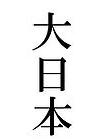
This mark was used during a time in Japan where they were becoming very proud of their country and efforts were being made to establish some sort of pride in where the makers of pottery such as Satsumaware lived and came from
You will quite often see these Kanji on the right-hand side of the marking, denoting that the item was "made in Japan" or of Japanese origin.
I guess that it is just a hallmark to show where the item came from or a way of the maker announcing that they were from that place. If you see a piece with this written on, then you can assume it will be from the Meiji period (1868-1912).
The Shimazu crest.
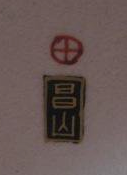
Most old and authentic pieces of Satsumaware will have the Shimazu family crest on, usually at the top of the marking (the red circle with the cross in).
This mark shows that the pottery was made under the rule of the Shimazu clan and is a good way of determining if the item is of value.
The crest is always found at the top of the cartouche. If the item is hand painted, then the markings are more genuine. Some more modern copies have the Shimazu crest, but you can tell them have been stamped or printed with a machine.
Zan
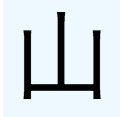
This commonly used marking can mean "mountain" but is often found to be within the name of the maker, eg Gyozan or Kozan.
If you see this marking, it will help you determine part of the name of the maker. The Zan marking can also be read or translated sometimes as "san" too.
Zan can also be marked in a more stylised way, such as on this marking by Gyokuzan, where the "zan" at the bottom looks very different to the normal kanji.
Sei
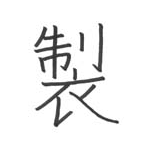
This marking means to "make" or "manufacture" and can be found on many pieces of Satsumaware
I can usually spot this one by remembering the design of the marks below the horizontal like at the bottom. Sometimes, the marks at the top can be hard to identify as they are quite small and have been created by a brush.
Zo
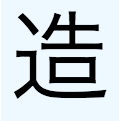
This part of the marking means "to made" or "to manufacture" but can also mean "made by" and is often the last kanji on the marking, written in the bottom left corner.
Many markings will have the "Dai Nippon" mark on the right, the name of the maker on the top left and "Zo" underneath. Reading this literally, you could say that it would mean "Made in Japan by me" (with me being the name of the maker).
Left and Right
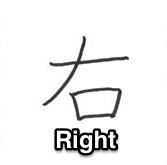
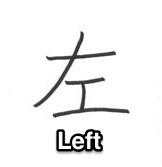
If the pieces are a part of a larger display set, the vases or items will often be marked using information as to where in the line-up they should appear
You will find that the word left or right is followed by a japanese number. You can find a list of numbers here.
Examples of satsuma markings and translations.
Here are a few markings from images of pieces that have been sent to me (many thanks to those that sent them in and please come and "Like" us and join in). I have also put a translation too of the makers name.
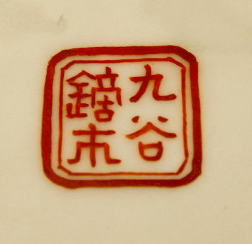
Sozan 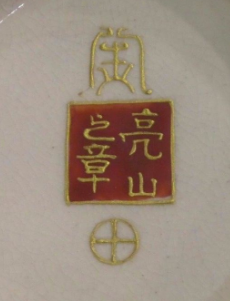
Ryozan 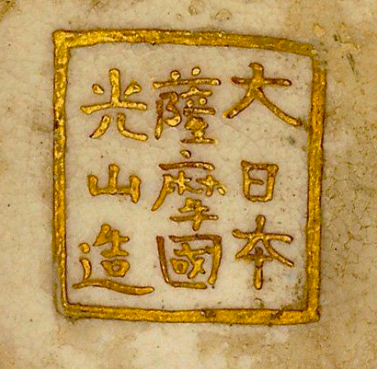
Kozan Zo 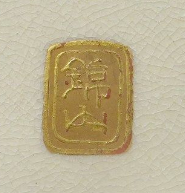
Kinzan 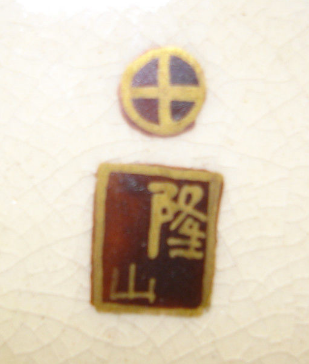
Ryuzan 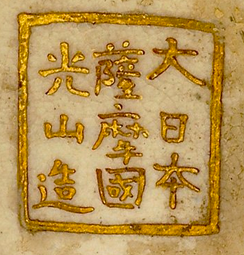
Kozan 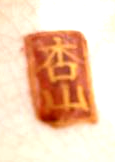
Kyozan 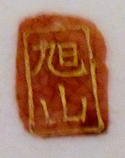
Kyokuzan 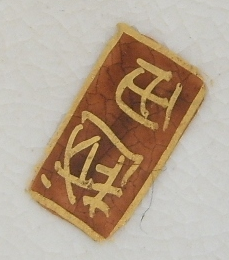
Koshida 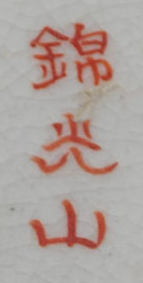
Kinkozan 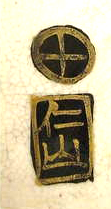
Gyokuzan
